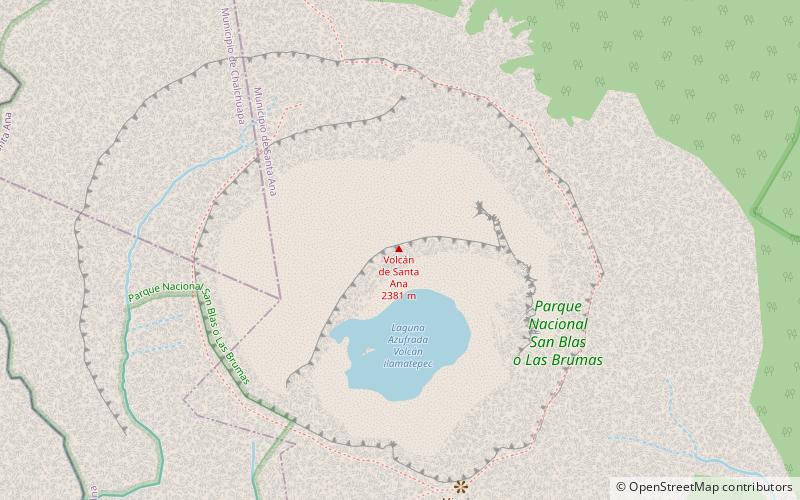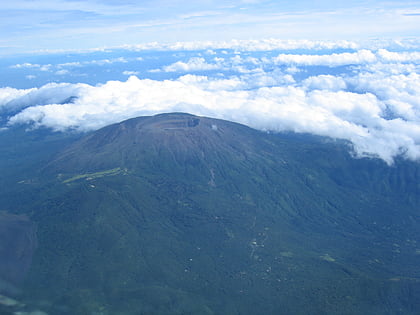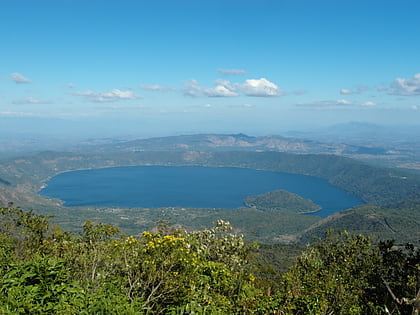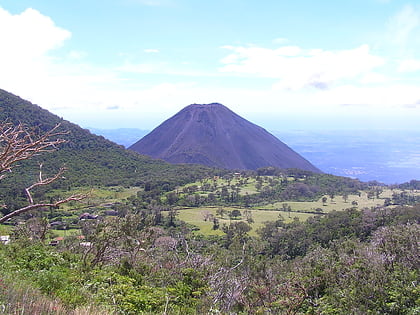Santa Ana Volcano


Facts and practical information
Rising majestically above the lush landscapes of El Salvador, the Santa Ana Volcano, also known as Ilamatepec, is a breathtaking natural landmark and the highest volcano in the country. Standing at an impressive elevation of 2,381 meters above sea level, this stratovolcano is part of the Apaneca Volcanic Range and is a prominent feature of El Salvador's volcanic skyline.
Formed through centuries of volcanic activity, Santa Ana Volcano boasts a large, deep crater at its summit, which is approximately 3 kilometers in diameter. The crater contains a stunning turquoise sulfuric acid lake that emits vapors and is a testament to the volcano's ongoing geothermal energy.
The last major eruption occurred in 2005, reminding visitors and locals alike of the volcano's potent force. Despite this, Santa Ana Volcano remains a popular spot for hikers and nature enthusiasts. The ascent to the summit offers a challenging yet rewarding experience, with panoramic views of the surrounding countryside, including the Coatepeque Caldera, a large volcanic crater lake to the south.
The volcano is also home to a rich biodiversity. The lower slopes are covered in coffee plantations and dense cloud forests, which harbor various species of flora and fauna, creating a haven for wildlife enthusiasts.
For those wishing to visit, guided tours are available and recommended, as they provide valuable insights into the volcano's geology and history, as well as ensuring safety throughout the hike. The best time to climb Santa Ana Volcano is during the dry season, from November to April, when the trails are more accessible, and the views are less likely to be obscured by cloud cover.
Sonsonate
Santa Ana Volcano – popular in the area (distance from the attraction)
Nearby attractions include: Coatepeque Caldera, Izalco Volcano.


